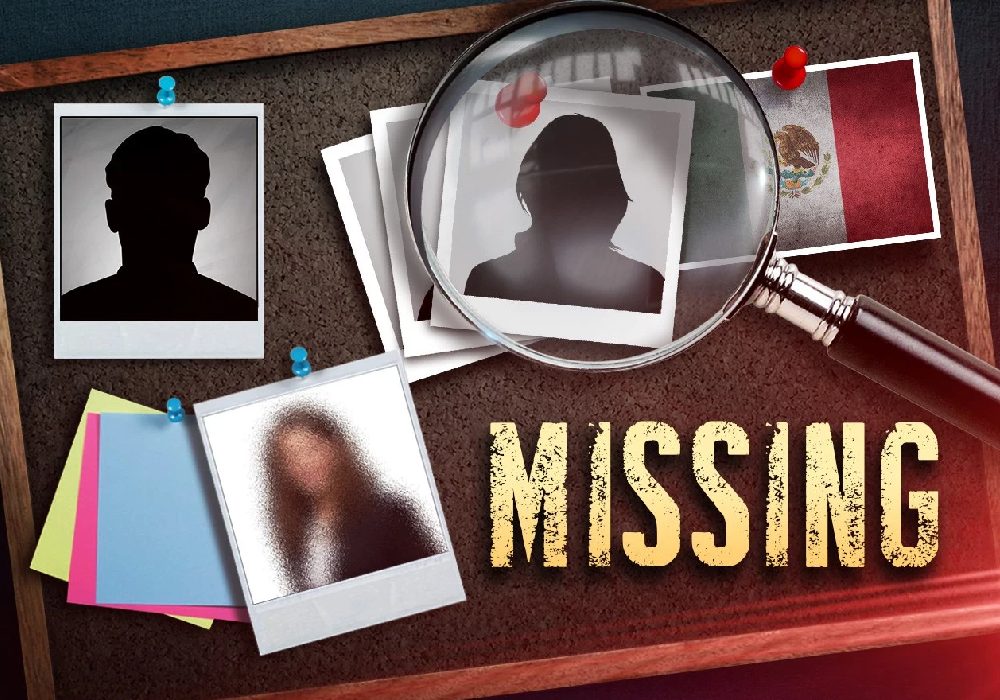When someone you care about goes missing, it can be incredibly stressful and confusing. Acting quickly and correctly is essential to help find them safely. Knowing how to report a missing person properly and promptly can make a big difference. This guide will walk you through the process of reporting a missing person, offering clear instructions to help you handle the situation effectively.
Step 1: Make Sure the Person is Really Missing
Before you report someone as missing, make sure they are truly missing. Sometimes, people might be out of touch temporarily for various reasons. First, check their usual places, such as their home, work, or places they often visit. Reach out to their friends, family, and colleagues to see if they have had any recent contact with the person. Also, look through their recent messages and social media posts to find any clues about where they might be.
It’s a good idea to wait a reasonable amount of time before concluding that the person is missing. They might be delayed due to travel or unexpected issues, so give them some time before taking further steps.
Step 2: Collect Important Information
Once you’re sure that the person is missing, gather all the relevant information to give to the police. This will help them start the search more effectively. Start by collecting basic details about the missing person, such as their full name, date of birth, physical description (height, weight, hair color, eye color, and any unique features like tattoos or scars), and recent photographs that show their current look.
Also, note what the person was wearing when they were last seen, including any accessories like glasses or jewelry. Record the last place they were known to be, including the address and time. Provide their contact details, such as phone number, email, and social media accounts.
List any people the missing person might have been with or may be in touch with, including friends or colleagues. Mention any recent changes in their behavior or circumstances that could explain their disappearance, like recent stress or threats.
Step 3: File a Missing Person Report
With all the information you’ve gathered, it’s time to file a missing person report with the police. Start by contacting your local police station. Most police departments will accept a missing person report right away, no matter how long the person has been missing. When you file the report, provide all the details you’ve collected about the person. Be ready to answer questions from the police to help them understand the situation better. Ask for a report number so you can use it for future reference.
If needed, you may also need to contact specialized agencies. For instance, if the missing person is a child or if there are concerns about exploitation, reach out to the National Center for Missing & Exploited Children (NCMEC). If the case involves crossing state lines or serious concerns, consider contacting federal agencies like the FBI.
Some places offer online options for reporting missing persons, so check if this is available in your area.
Step 4: Involve the Community
Getting the community involved can greatly help in finding a missing person. Start by making a public appeal through different channels. Contact local newspapers, radio stations, and TV channels to share information about the missing person. Social media is also a powerful tool to reach a large audience. Post details about the missing person, including photos and descriptions, and ask friends and family to share these posts.
Create and distribute flyers with a clear photograph, description, contact information, and details about where and when the person was last seen. Put these flyers up in public places such as community centers, grocery stores, and schools. Place them in areas where the person was last seen or is likely to be.
If possible, organize search parties. Work with law enforcement to plan physical searches in areas where the person might be. Recruit volunteers from the community to help with these searches.
Step 5: Keep in Touch and Stay Active
It’s important to keep in touch with law enforcement and other involved parties. Regularly check in with the police for updates on the case. Provide any new information or leads you receive. Keep the media and the public updated with any new developments or additional details.
Keep records of all interactions, reports, and information you receive during the search. Follow up on any leads and share them with the authorities. Consider getting professional counseling and joining support groups for families of missing persons to help you cope with the emotional stress.
Step 6: Handle Challenges and Misconceptions
Understanding potential challenges and common misconceptions can help you navigate the process better. One common misconception is that you have to wait 24 hours before reporting someone as missing. This is not true; you can report a missing person as soon as you believe they are missing. Another misconception is related to the criteria for reporting; law enforcement should accept a report if there is a reasonable belief that the person is missing, regardless of the circumstances.
Be cautious of misinformation. Make sure any information shared publicly is accurate to avoid confusion and misdirection. Be prepared for different responses from the public and handle any misinformation or rumors carefully.
If resources are limited, consider organizing fundraisers to support search efforts and seek help from community organizations and volunteers.
Conclusion
Reporting a missing person is an urgent and crucial task that requires prompt and careful action. By following this step-by-step guide, you can ensure that you provide law enforcement and the community with the necessary information to aid in the search. Staying engaged, keeping records, and seeking support throughout the process can greatly impact the effectiveness of locating a missing person. The success of finding a missing individual often relies on quick and accurate reporting, combined with the collective efforts of authorities, community members, and the affected families.

